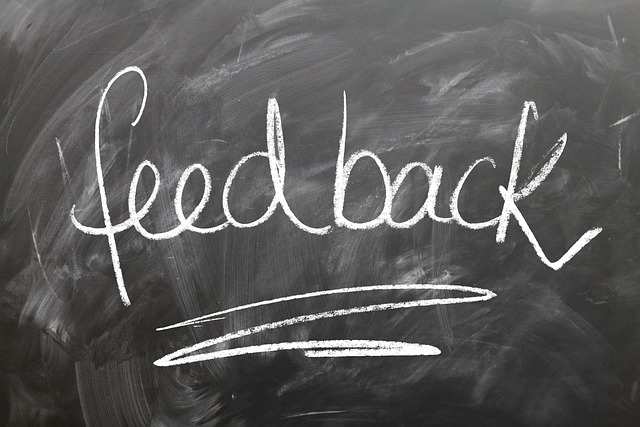In an era where the looming threat of climate change feels more palpable than ever, the significance of communication cannot be overstated. Just like a bridge that spans a turbulent river, effective environmental communication acts as a conduit for understanding complex scientific data, policy decisions, and public sentiment. The messages we convey can either inspire action or foster despair, making the tone and clarity of our communications vital in addressing the pressing challenges posed by climate change.
The environment is not just a backdrop for our lives; it is the very foundation of our existence. As communities face increasingly severe weather events, rising sea levels, and biodiversity loss, the need for coherent and convincing dialogue about these issues grows exponentially. Effective communication serves as the bridge, connecting scientific communities with policymakers, activists, and the public. It is essential to break down the barriers that often hinder understanding, turning complex environmental data into relatable narratives that resonate with people’s daily lives.
One of the most potent aspects of climate change is its undeniable emotional impact. As individuals and communities grapple with threats to their homes and livelihoods, the need for empathetic messaging becomes crucial. Environmental communication that taps into feelings of loss, fear, and urgency not only informs but also motivates action. It allows individuals to see themselves as part of the solution rather than mere bystanders in a crisis. This is where storytelling plays a powerful role—personal anecdotes that illustrate real-world impacts can bridge the gap between abstract concepts and lived experiences, helping to draw people into a deeper understanding of environmental issues.
Moreover, social media has transformed the landscape of environmental communication. Platforms like Twitter, Instagram, and Facebook provide unique opportunities to engage wider audiences, especially younger generations who are increasingly concerned about the future of our planet. With just a few clicks, impactful messages can spread like wildfire. However, this medium also requires careful consideration, as misinformation can proliferate just as quickly. Crafting clear, persuasive, and fact-based messages is essential to navigate the complexities of public perception in the digital age.
Creative campaigns that blend art and activism can also serve as bridges over troubled waters. Art has a remarkable capacity to evoke feelings and prompts action in ways that statistics often cannot. From murals to performances, visual storytelling captures attention and can provoke thought and discussion. These creative expressions not only enhance public engagement but also help foster a sense of community and shared responsibility for the environment. When people feel a collective connection to the cause, they are more likely to take meaningful action.
Another vital aspect of communication in the realm of climate change is the importance of inclusivity. Many marginalized communities are disproportionately affected by environmental degradation, and their voices must be included in the conversation. Amplifying these perspectives can enrich the dialogue and foster solutions that are equitable and just. Collaborative efforts that involve diverse stakeholders, from local communities to scientists, are essential for fostering understanding and galvanizing collective action.
It’s clear that bridging the gaps in environmental communication is a shared responsibility. Each of us can play a part—whether by sharing information, participating in discussions, or advocating for policies that protect our planet. Awareness is the first step toward action. Effective communication can trigger the desire to learn, to engage, and ultimately to create sustainable change that transcends individual actions. By harnessing the power of communication, we can build bridges over the troubled waters of climate change, fostering resilience and hope for future generations.




